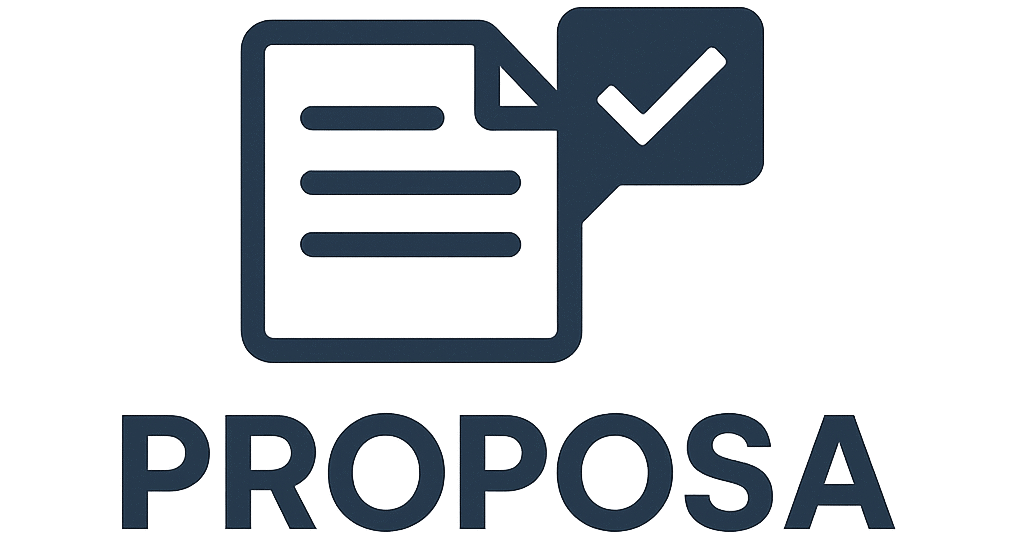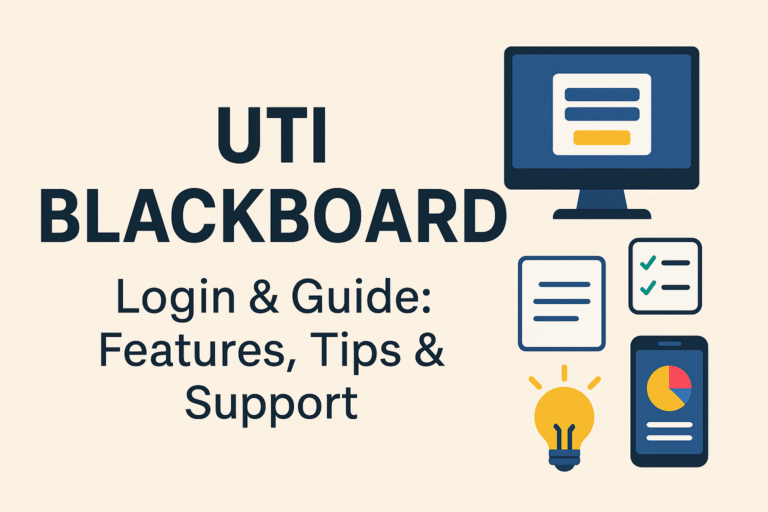Coomersu: The Rise of Community Centric Commerce
In today’s digital world, shopping is no longer just about buying things. People want to be part of something. They want to belong, share, and help shape what they use. This is where Coomersu comes in. It is a new way of thinking about business and shopping. It mixes the words consumer and community.
Coomersu is about putting the community at the center of e-commerce. It means the customers are not just buyers they are creators, voters, influencers, and partners in building a brand. This article explains what Coomersu is, why it matters, how it works, and what the future looks like. Antarvwsna
1. What is Coomersu?
Coomersu is short for community + consumer. It is a way of doing business where brands and customers work together. In the Coomersu model:
Buyers help create products
Communities give feedback to improve services
People promote brands they trust
Shopping becomes social and fun
Instead of just selling to people, companies talk with them. They listen, learn, and build stronger relationships.
2. Why Coomersu Matters
Coomersu is growing because:
People want real connections with brands
Social media made customers more powerful
Young shoppers prefer values over price
Customers like to be involved, not just targeted
It helps brands grow by building trust, loyalty, and creativity. It also gives buyers a sense of ownership and pride.
3. Core Principles of Coomersu
Here are the key ideas behind Coomersu:
| Principle | Meaning |
|---|---|
| Community First | The brand grows with help from the people who support it |
| Engagement Over Sales | Focus on conversations, not just selling stuff |
| Personalization | Products and messages match people’s real needs |
| Trust and Transparency | Honest, open communication builds loyalty |
| Feedback Loops | Customer opinions shape the future of the product and brand |
4. Features of a Coomersu System
Coomersu uses many tools to involve the community. These include:
User-Generated Content UGC
People share reviews, photos, or videos of what they bought
Brands repost or reward great content
Voting and Forums
Customers vote on new products or designs
Online communities give feedback and ideas
Crowdsourced Design
Products are designed by fans or based on their suggestions
Like LEGO Ideas or custom T-shirt sites
Influencer and Leader Roles
Community leaders help shape trends
Influencers become part of product creation
AI-Powered Personalization
Smart systems suggest products based on what the community likes
Everyone sees different things that match their taste
Tokenization or Ownership
Sometimes, users earn tokens or rewards for helping the brand
In Web3 models, they may even own a part of the platform
5. Who is the Coomersu Buyer?
Coomersu buyers are different from traditional shoppers.
| Trait | Description |
|---|---|
| Socially Active | They enjoy sharing and interacting online |
| Value-Driven | They care about brand values, ethics, and impact |
| Community-Oriented | They trust people in their community more than ads |
| Trend-Aware | They follow memes, aesthetics, and online subcultures |
| Expressive | They want to show their identity through what they buy |
They buy things not just to use them, but to support the ideas behind them.
6. Business Benefits of Coomersu
For companies, Coomersu can bring big advantages:
For Brands
Build loyal fanbases
Get ideas straight from the people who care
Save money on marketing by using word-of-mouth
For Marketers
Create content that speaks to real people
Use UGC to show social proof
Work with community influencers
For Platforms
Support social features chat, polls, stories
Allow customization and feedback
Reward community activity
7. Challenges and Risks
Even though Coomersu is powerful, it comes with some risks:
| Challenge | Explanation |
|---|---|
| Authenticity at Scale | Hard to stay real when growing fast |
| Privacy and Data Use | Need to use customer data carefully and respectfully |
| Consistency in Voice | Letting the community shape things can make the brand message confusing |
| Keeping People Engaged | Communities need care and constant attention to stay alive |
8. Real Examples of Coomersu in Action
Here are some companies already using Coomersu ideas:
| Brand / Platform | How They Use Coomersu |
|---|---|
| LEGO Ideas | Fans submit and vote for new LEGO sets |
| Glossier | Built its beauty brand by listening to fans on social media |
| Discord Communities | Many products launch with Discord group feedback and community involvement |
| Coomersu.org | A platform where creators sell exclusive items to their own community |
These companies grow not just because they sell things but because they listen and include their audience.
9. Future of Coomersu
Coomersu is just getting started. In the future, it may include:
AI tools that create custom shopping pages for each user
AR/VR experiences where people shop with friends in virtual stores
DAOs Decentralized Organizations where the community votes on what to build next
Token Rewards for contributing ideas, designs, or content
The future of commerce is not solo it’s social.
FAQS
What is Coomersu?
Coomersu is a new way of doing e-commerce where the community and consumers work together with brands. It stands for Community + Consumer and focuses on building relationships, feedback, and co-creation instead of just selling products.
How is Coomersu different from regular online shopping?
Traditional online shopping is about one-way selling. Coomersu is about two-way interaction. Customers help shape the products, give feedback, and become active members of a brand’s journey.
Why is Coomersu important today?
Coomersu matters because:
People trust real experiences and community opinions
Social media makes users more influential
Customers want to support brands with shared values
Personalization and engagement increase loyalty
Conclusion
Coomersu is more than a business trend. It’s a cultural shift. People don’t just want to shop. They want to be heard, seen, and involved. Brands that embrace this will grow faster, build trust, and stay ahead in a changing world.
To succeed, companies must stop talking at customers and start building with them.







